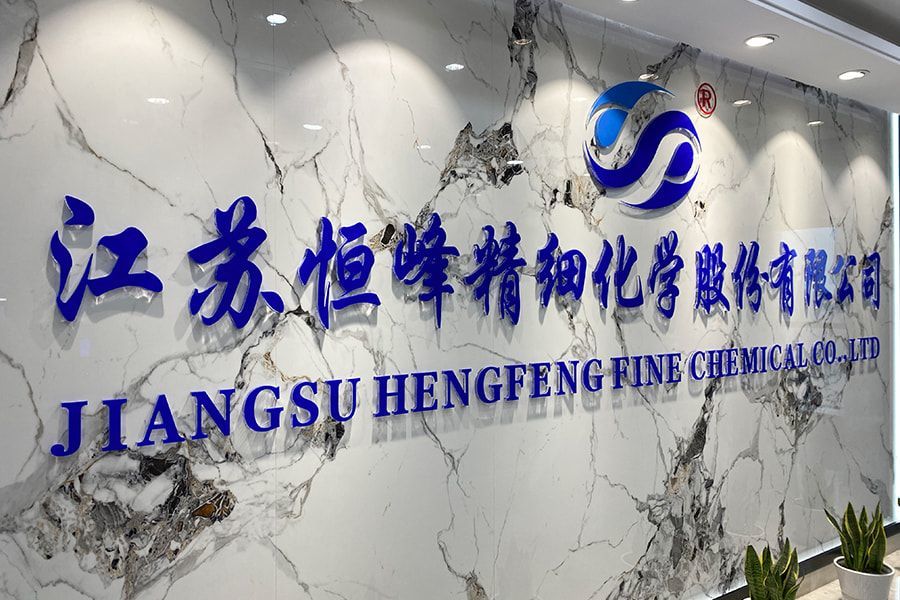Jiangsu Hengfeng Fine Chemical Co., Ltd.
- Jiangsu Hengfeng Fine Chemical Co., Ltd. is located in Rudong
Yangkou Chemical Industry Park, covering an area of 125 acres with a registered capital of 65
million yuan.
- The main products are the polyacrylamide powder series and
polyacrylamide emulsion series.
- The production capacity of polyacrylamide powder is 50, 000
tons/year, and the production capacity of polyacrylamide emulsion is 50, 000
tons/year.
- Hengfeng Chemical has been committed to the field of water
treatment and petroleum, constantly improving the technical service
level, and optimizing product performance, combined with the
on-site sewage water quality, treatment process, dehydration
equipment, and other characteristics for customers to choose
suitable products and use schemes, to help customers improve the
efficiency of sewage treatment;
- Oilfield application has improved polymer molecular properties,
effective cost control, adhering to the spirit of unity and
innovation, adhering to the business philosophy of mutual benefit,
abide by the contract, and strive to provide customers with more
cost-effective products and services.
- Hengfeng Chemical has become a professional research and
development base of water treatment chemicals and oilfield
chemicals in China. The products are not only widely used in the
domestic market but also exported to Europe, America, Africa,
Oceania, Southeast Asia, and more than 60 countries and regions.












